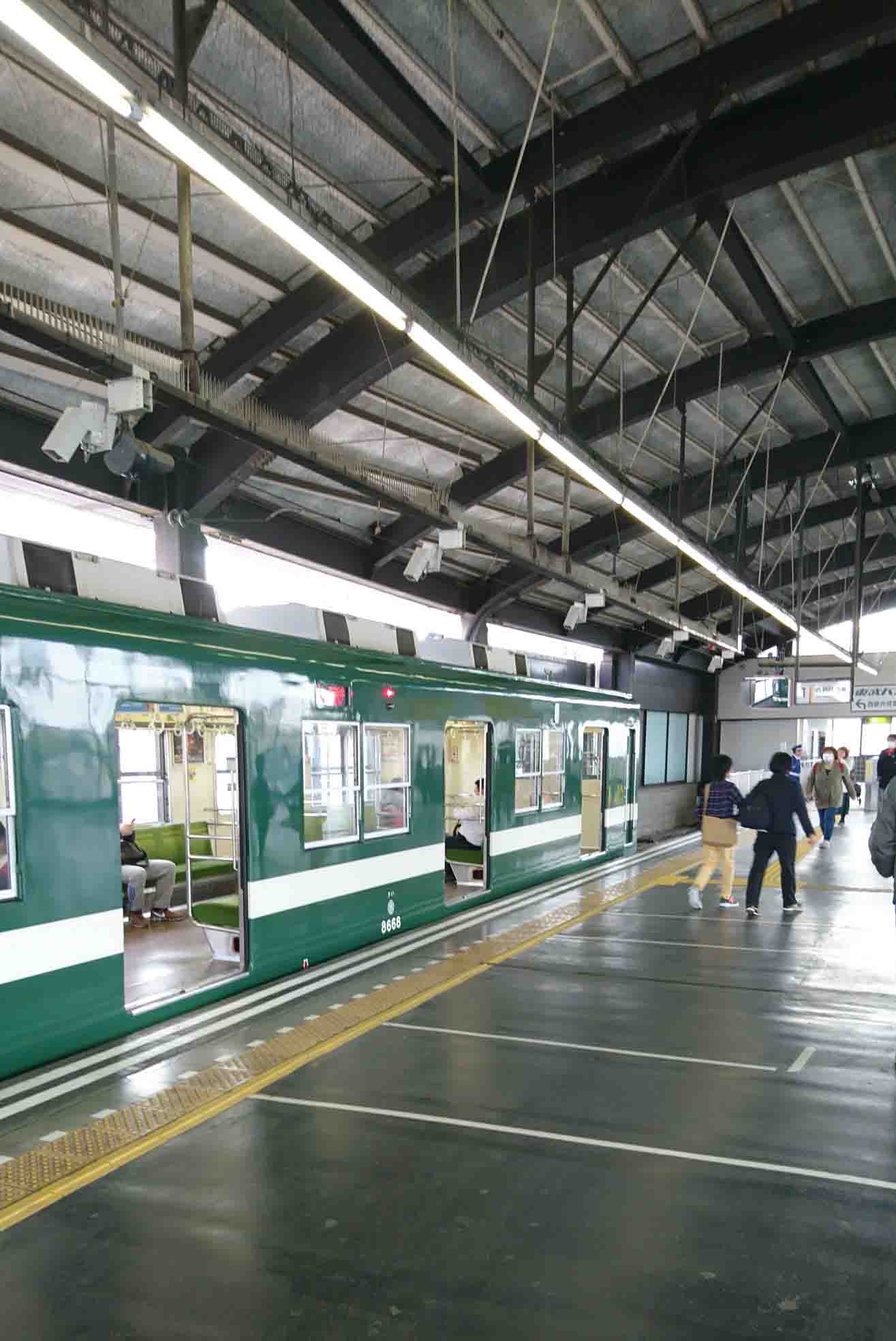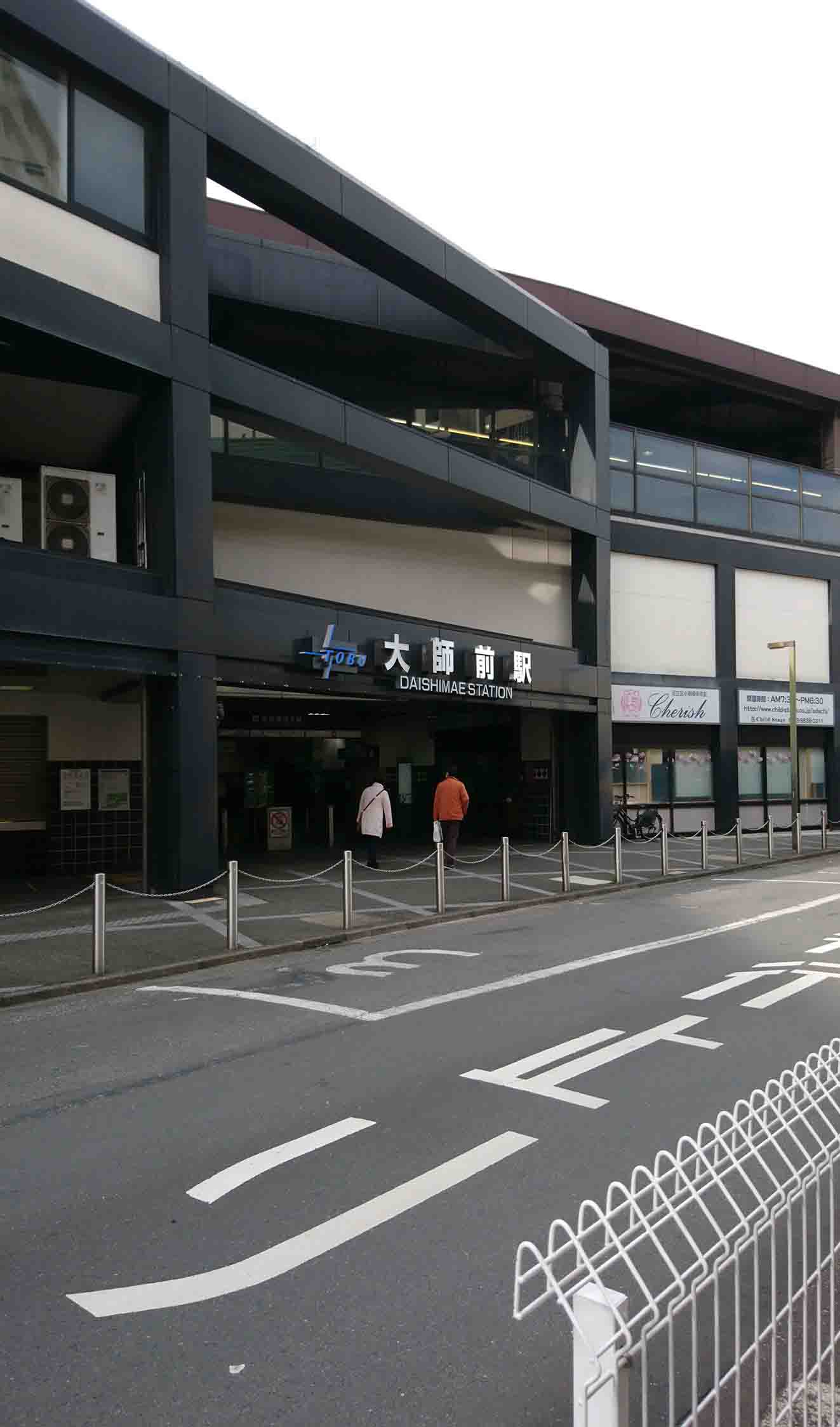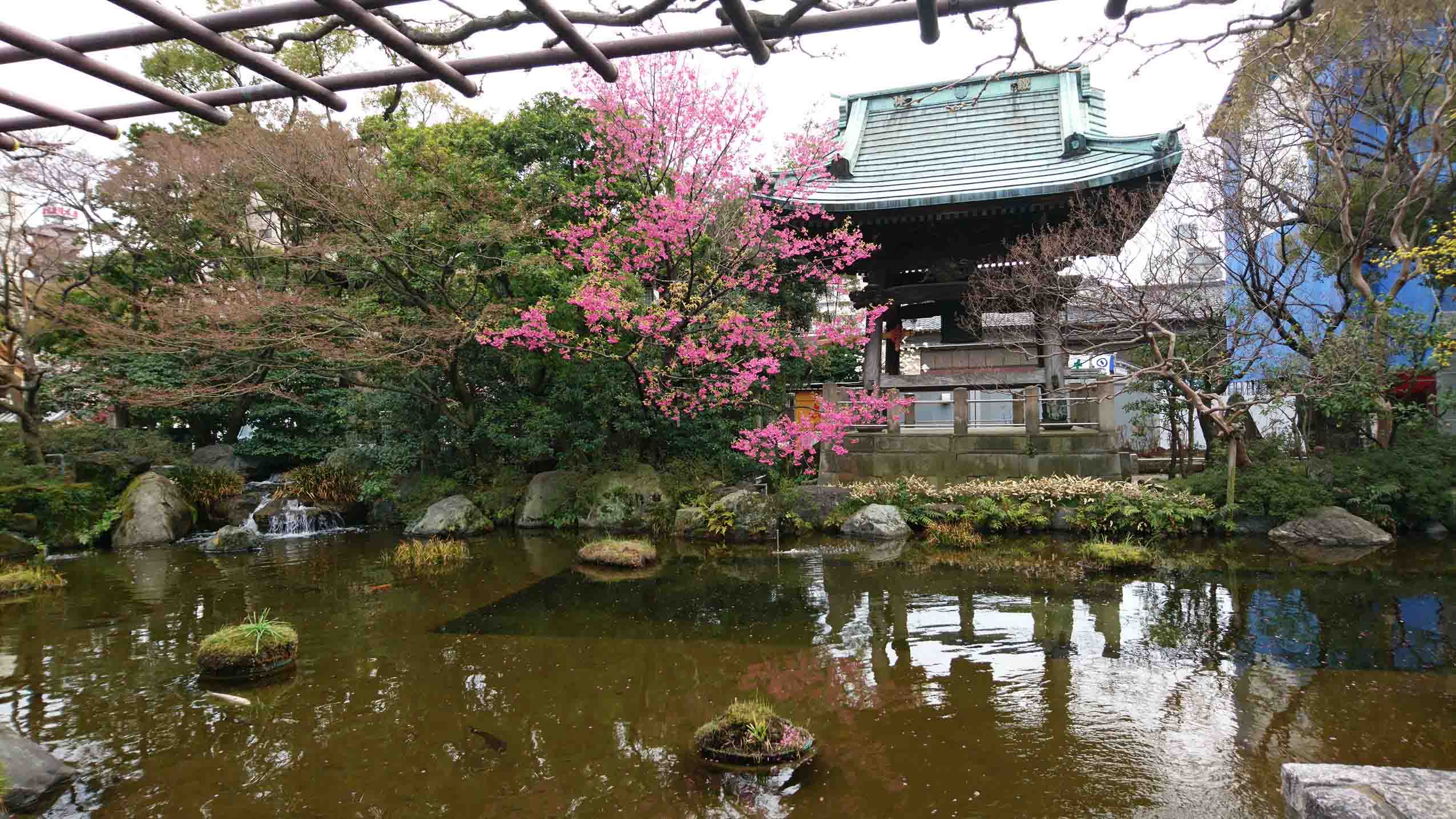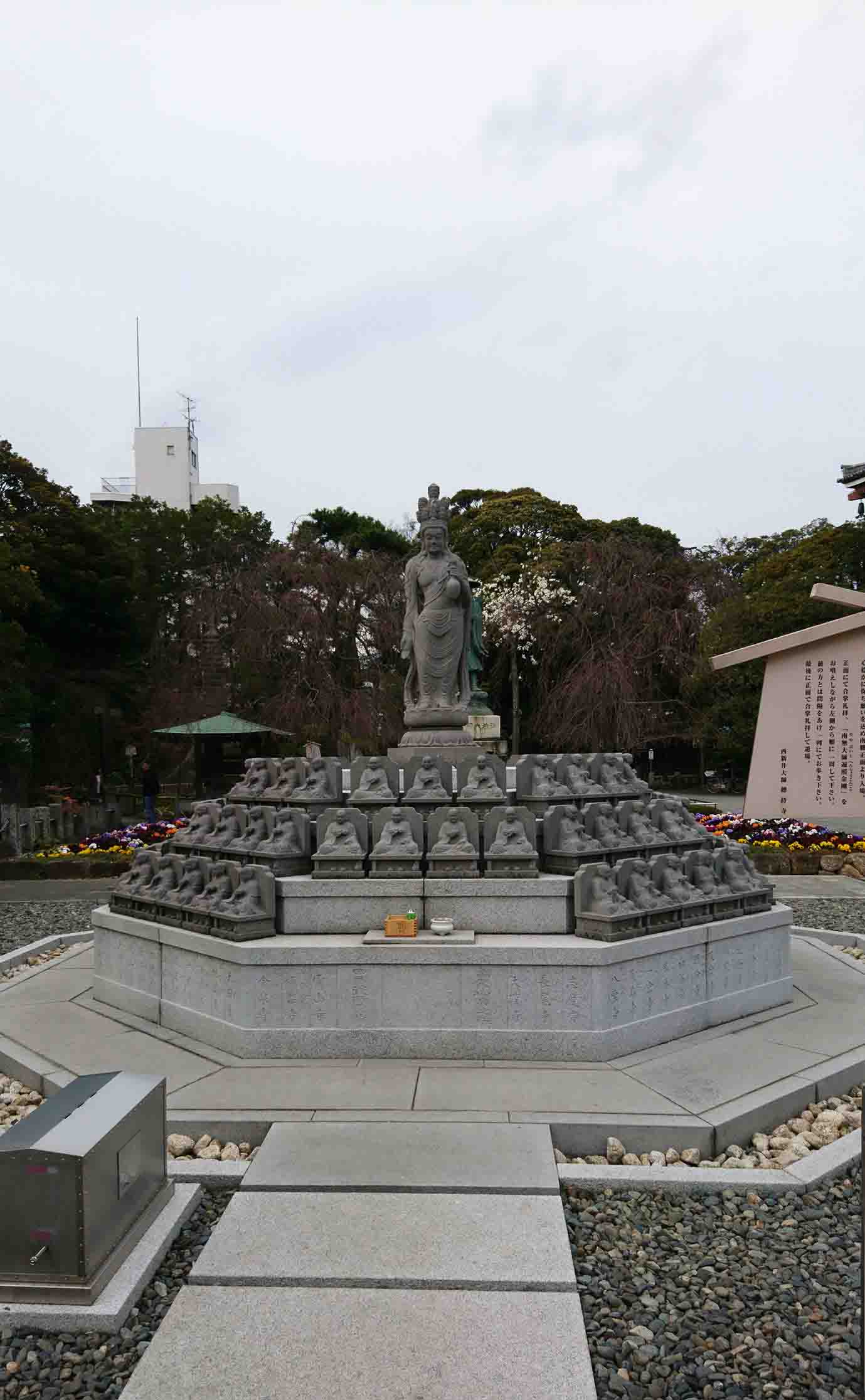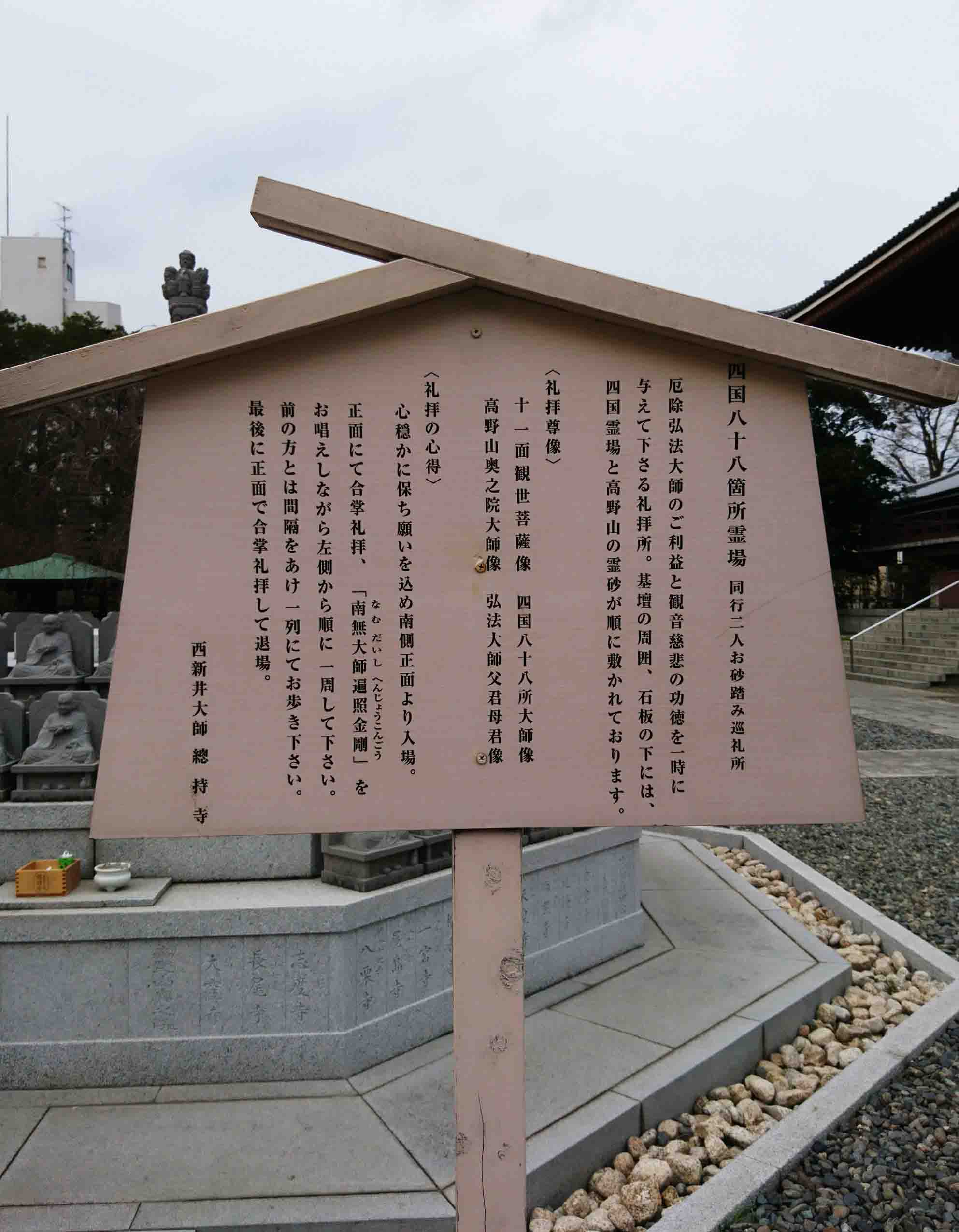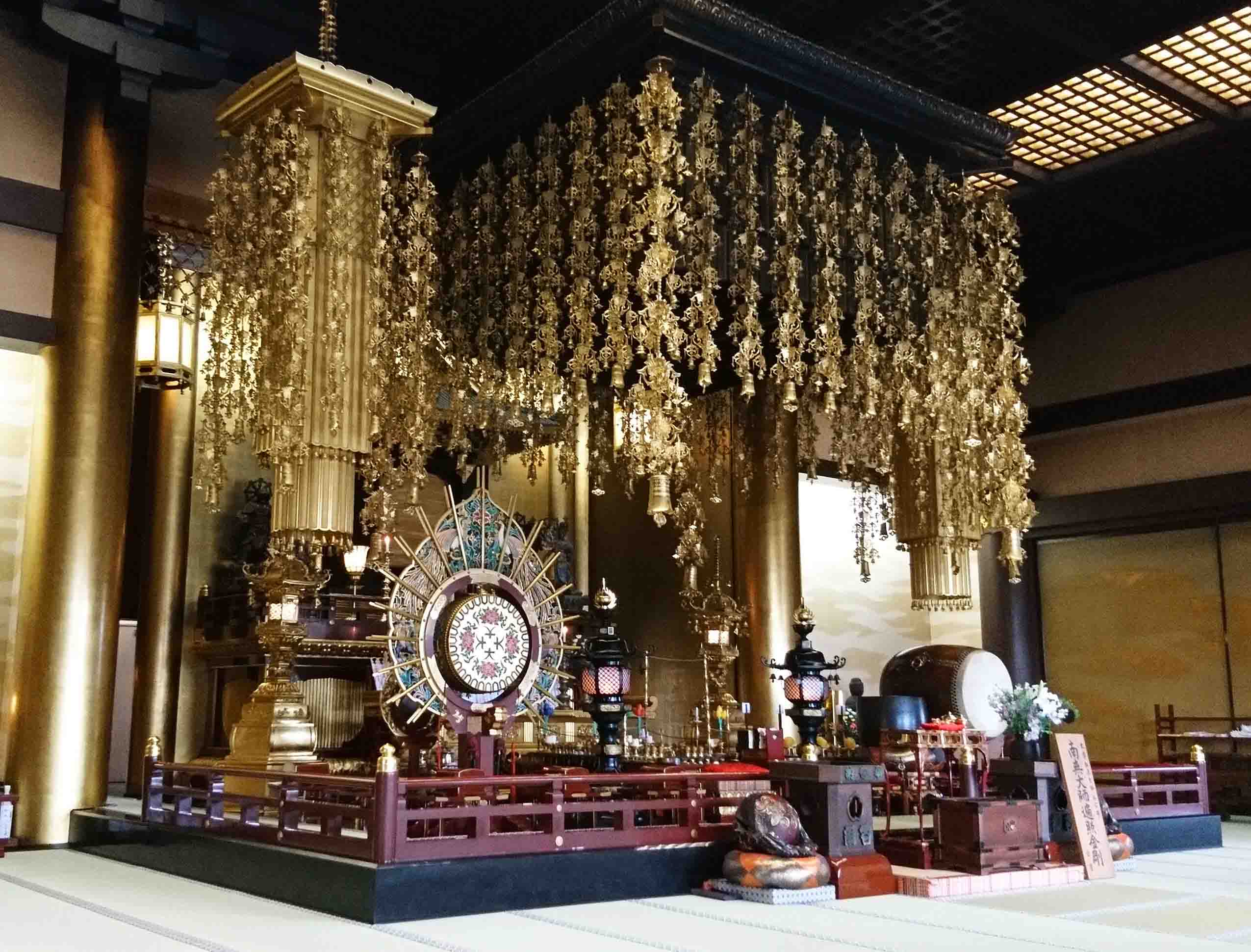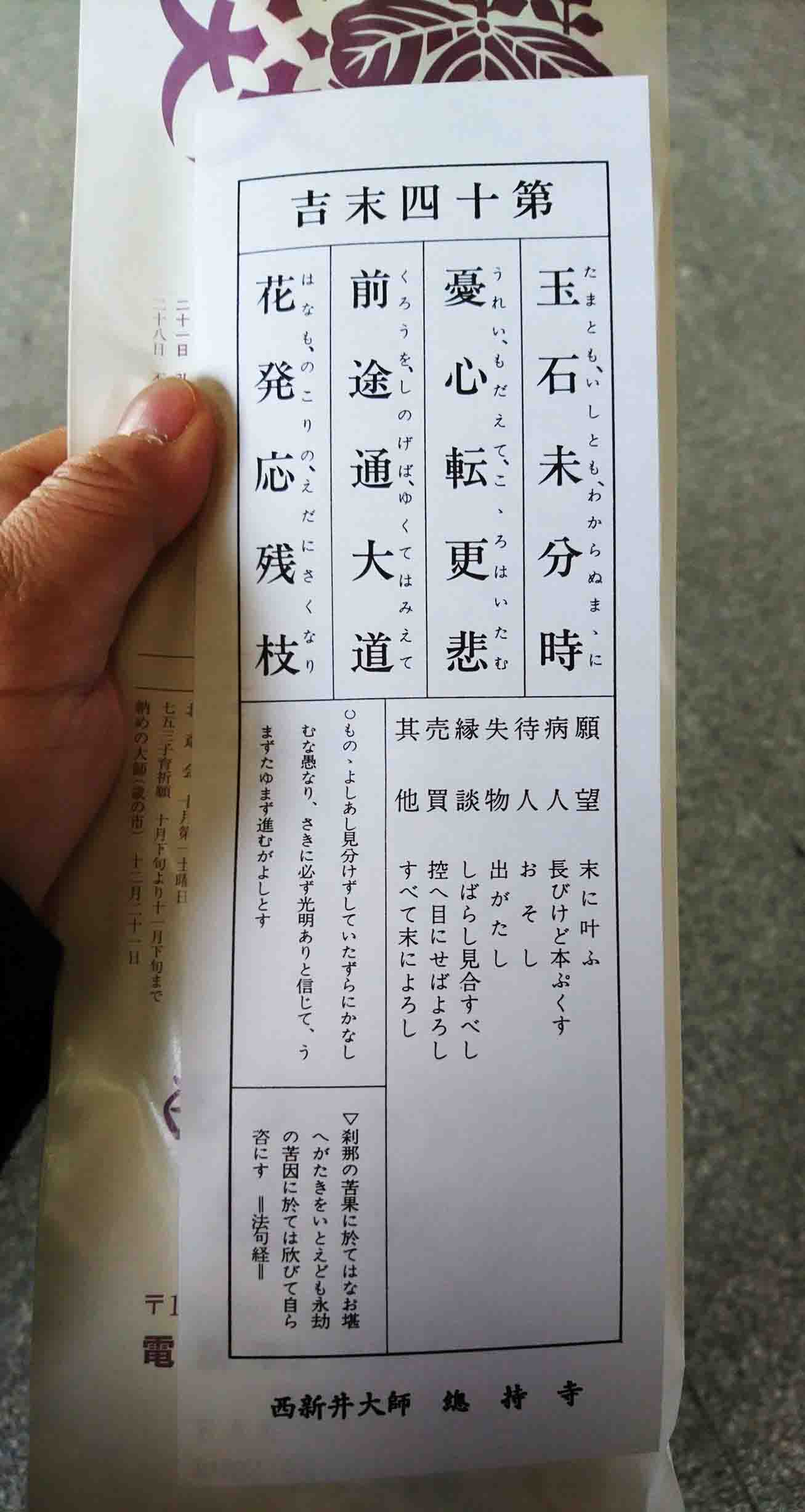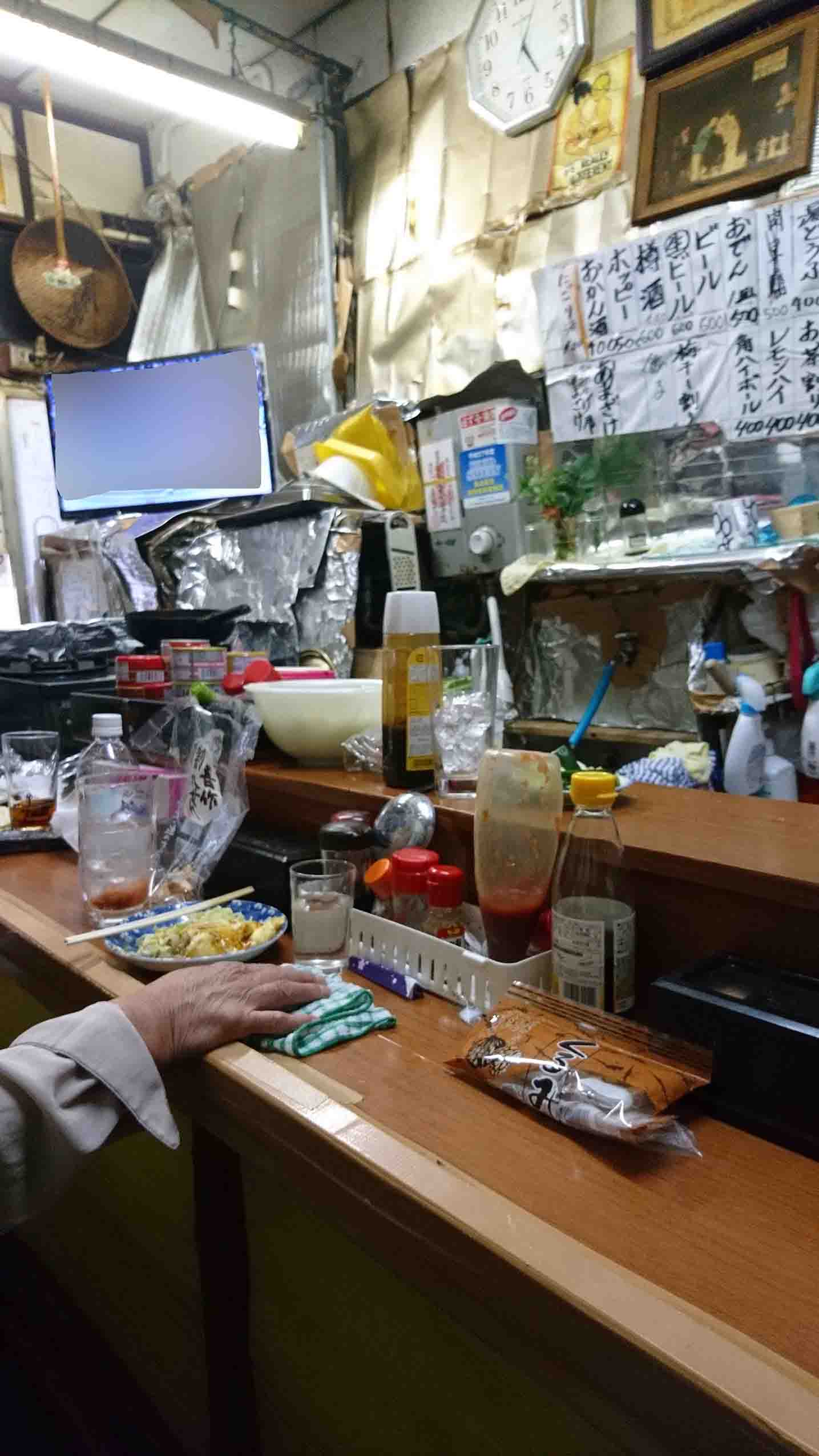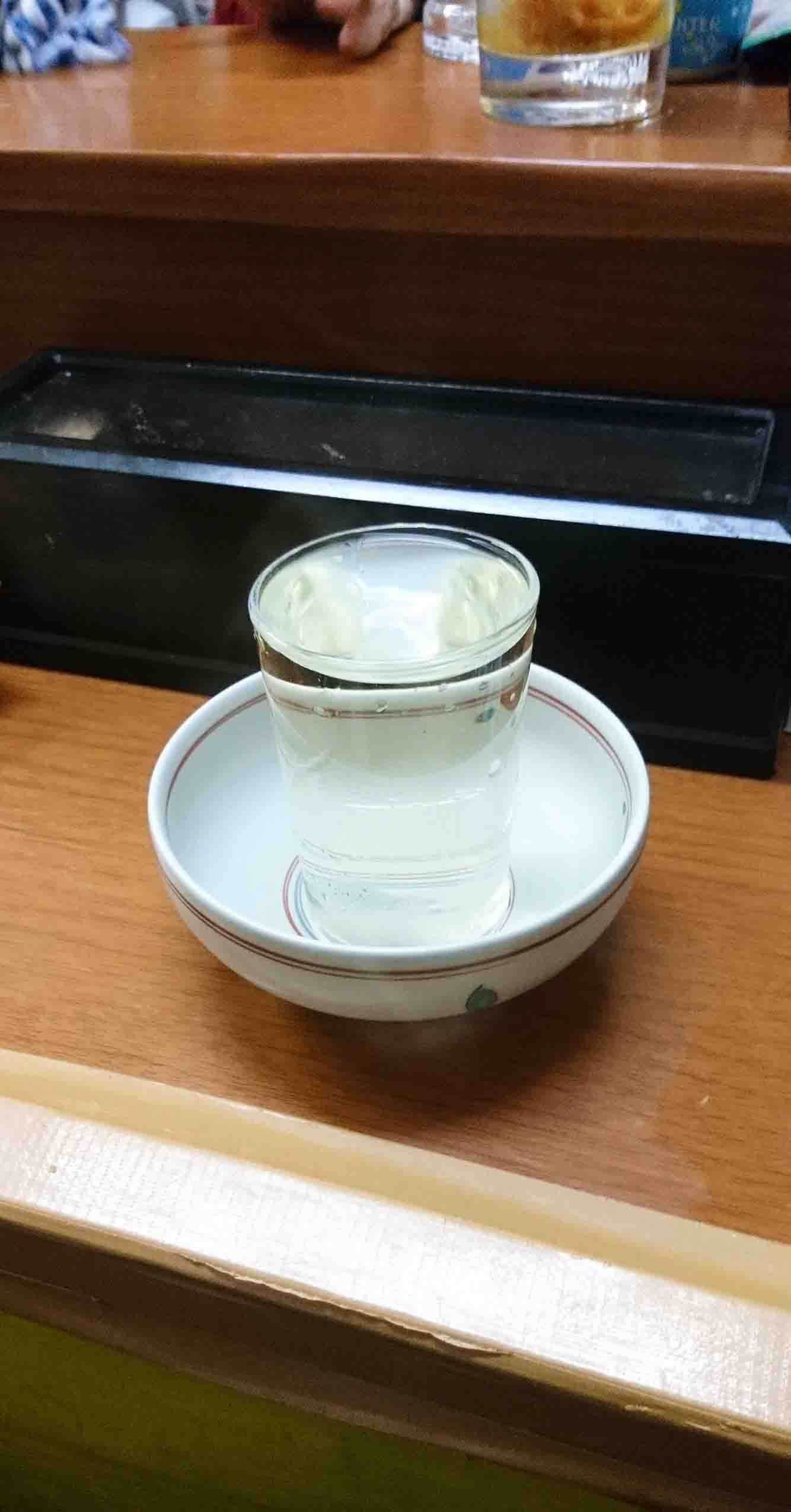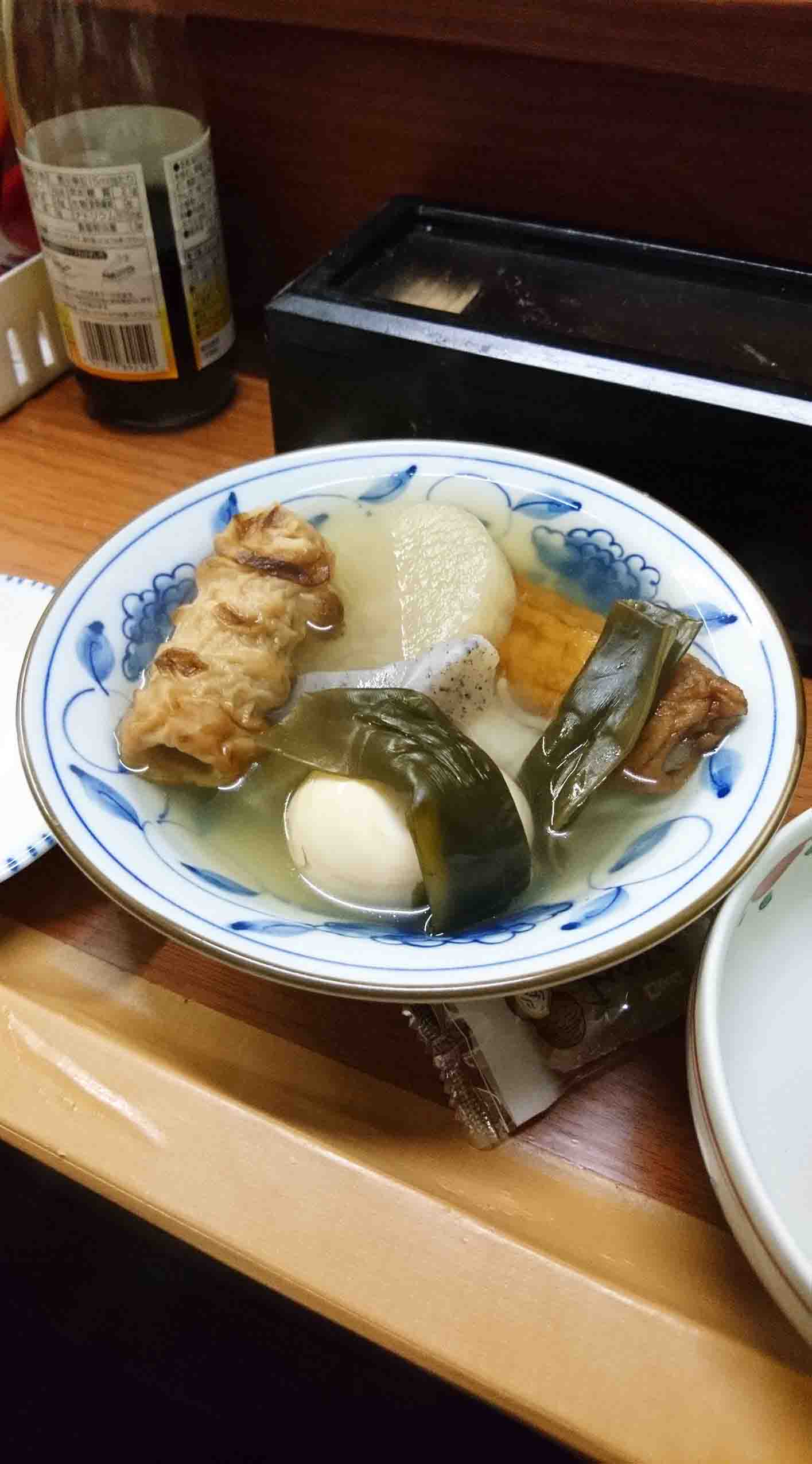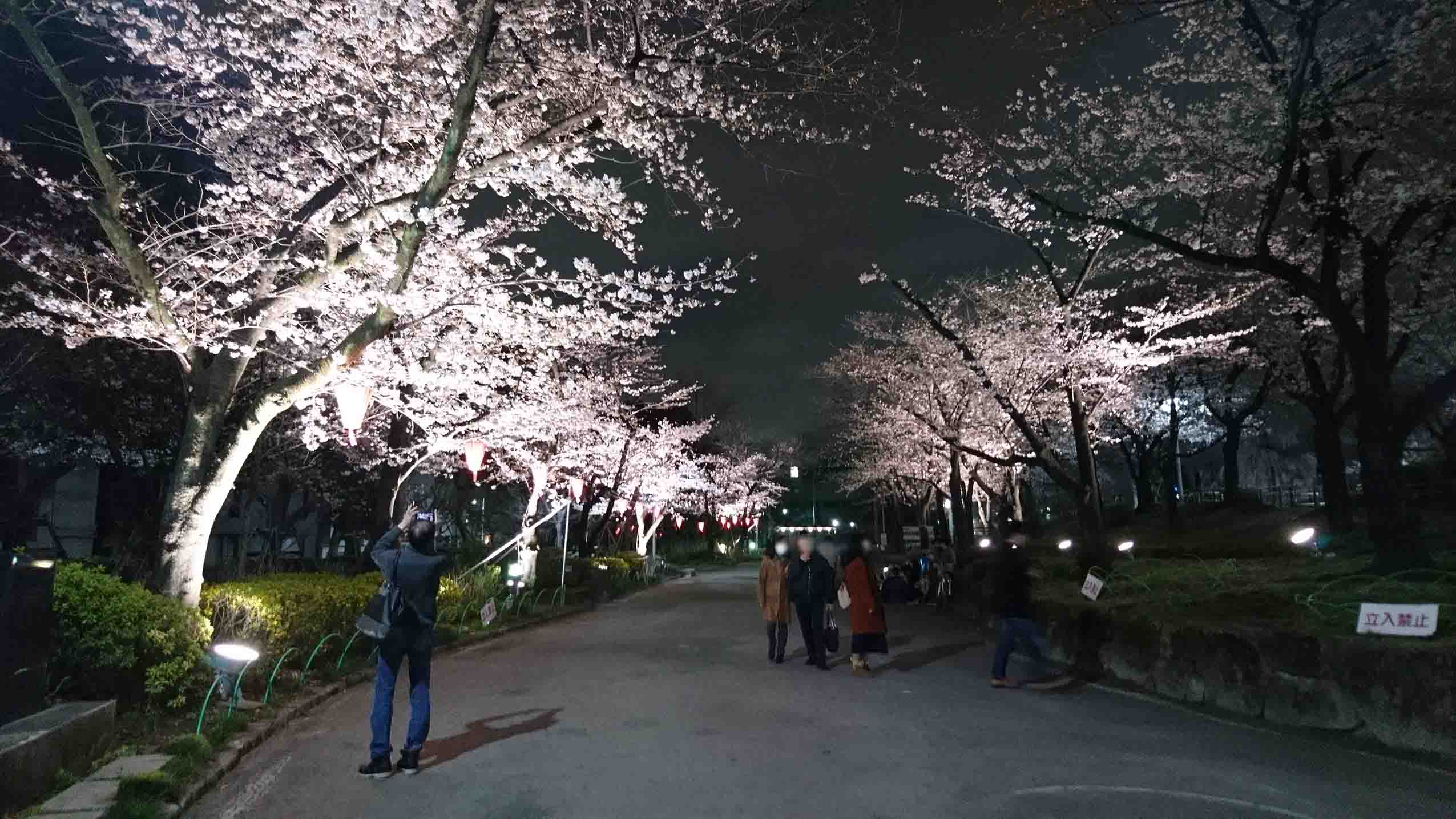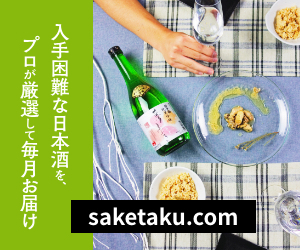- Home
- Report of Delicious Sake Serving Restaurants, My Three Meals, My Trip Diary, tokyo, adachi, Solo-Drinking
- Warmed up with sake after Yakuyoke in Nishiarai
Warmed up with sake after Yakuyoke in Nishiarai
- 2018/12/18
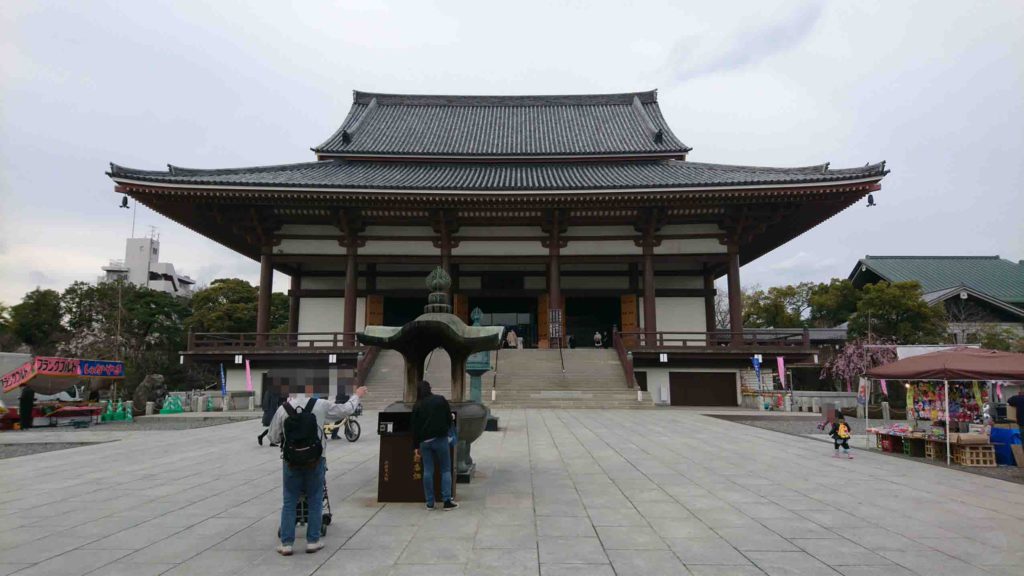
Good day!
Thank you very much for visiting this blog!
Today is the 1st of April. The first day of the new school year.
Usually cherry trees become into full bloom at this timing, but this year is 1 week earlier even though we had such a cold winter.
At least, in Gunma Prefecture where I lived in childhood, cherry flowers were in full bloom around April 8th which is the week of entrance ceremonies at schools.
Is it an influence of the global warming that the flowering is getting earlier…?
Contents
Nishiarai Daishi
Now, today I’d like to write about a day I visited a temple in Adachi-ku, “Nishiarai Daishi“, in the early cherry blossoms’ best season.
The name of “Nishiarai Daishi” is a nickname, and the official name of the temple is “Gochisan Henjoin Sojiji“. It is famous as one of Kanto Region’s (eastern Japan) best 3 Yakuyoke (avoidance of bad luck) temples.
As you might imagine from the name “Daishi”, this temple is said to be opened by Kobo Daishi Kukai of Shingon Sect.
The temple’s website tells its history like this;
When Kobo Daishi visited Kanto area, he came to this place.
The villagers were suffering from epidemic diseases.
Kobo Daishi made “Juichimen Kannon-zo (statue of buddhist Godess of Mercy)” and a statue of his own image to save the people.
Kannon-zo was placed in the main building of the temple as the principal image, and Kobo Daishi’s statue was placed at a dried well.
Kobo Daishi prayed in front of those images.
Then, fresh water came up from the dried well, and the people’s diseases were cured.
This area is called “Nishiarai” because the well was at the west side of the temple’s building (“Nishiarai” is written as “west-new-well” in Chinese letters).
I actually believed that Nishiarai was named so because there was an area called “Arai”, and this place was at the west side of “Arai”.
But it wasn’t correct^^;
By the way, this is very local and it might not be so important information for most people.
Other “Kanto Region’s best 3 Yakuyoke temples” are Heikenji (Kawasaki Daishi, Kawasaki City in Kanagawa Pref.) and Kanpukuji (Katori City in Chiba Pref.).
Some people should think that the famous “Sano Yakuyoke Daishi” is missing, but it’s one of “Kanto’s best 3 Daishi”, not “Yakuyoke Daishi”.
They are different groups.
I checked the ad movie of Sano Yakuyoke Daishi on YouTube.
Indeed, it said only “Kanto’s best 3 Daishi”, but no “best 3 Yakuyoke Daishi”.
Well, uncertain knowledges which we believe are true, are sometimes different from the truth^^;
My first Yakuyoke in my life at Nishiarai Daishi
The reason why I went to Nishiarai Daishi was to receive Yakuyoke, avoidance of bad luck in Buddhist way.
I’m the age of Honyaku (year of calamity in one’s life), and somehow I’d been having bad lucks one after another in 2018, which could be because of my age (or not).
Bad physical and mental conditions, troubles in this website’s repair and server transition, and so on……
The finishing blow was food poisoning on my birthday in March (it was because of oysters in pasta I had on the few days before).
My body became numb a little, and I was sick in bed for 3 days at home.
I don’t believe any religion or have any faith, so I didn’t have any interest in unscientific things such as Yakuyoke.
However, when I had the food poisoning, I started to think that I might have been cursed by someone, haunted by something, or these were because of my bad year.
Nishiarai Daishi was not so far from my home and luckily it was famous for Yakuyoke, so I visited this temple to receive Yakuyoke on that day.
To go to Nishiarai Daishi from Asakusa, I took Tobu Isesaki Line to Nishiarai Station, changed to Tobu Daishi Line there, and got off at the next Daishimae Station. (By the way, the nearest station to Kawasaki Daishi, “Kawasaki Daishi Station”, is also on “Daishi Line”, but it is ” ’Keikyu’ Daishi Line”.)
This is the train of Tobu Daishi Line.
Daishimae Station is the only station on Tobu Daishi Line, and usually one train made up with 2 cars is working.
In busy seasons like New Year’s Day, one more train works.
After a minute after I got on the train, I arrived at Daishimae Station.
By the way, this Daishimae Station doesn’t have an automatic ticket gate or ticket vending machines.
The manager might have thought that anyone wouldn’t cheat in front of Daishi.
I walked to the left in the photo above, turned right after a little, and walked further.
And arrived at a gate.
I went through this gate to the inside, and there was the main building of the temple.
Nishiaraidaishi’s temple town and precinct
There was a reception desk before the main building, and the visitors write required things there to book Yakuyoke.
Yakuyoke’s ceremony, “Ogoma”, is held 6 times in a day.
I booked the last time from 16:30 as I arrived on little passed 3.
I had about an hour to the ceremony, so I started to walk around the temple and the shops outside.
I walked outside of the temple first.
There was a front gate in front of the main building.
Over the gate was a street very like a temple town with shops of sweets and souvenirs.
I looked for restaurants which seemed to have Nihonshu, but there were only few which was different from my previous image.
There were Sembei (rice cracker) shops, Dango (sweet rice dumpling) shops, real estate office, and other shops which were not about food or drinks.
The next was the inside of the temple.
It was a big temple, and there was a beautiful garden like this below.
There were other interesting things such as a great tower, but the most interesting one for me was this.
“Shio Jizo” (Salt Buddhist Jizo statue).
It’s been said to be wonder-working for removing warts on body.
The people who want the power take back the salt inside the house, and they bring back salt of double amount of which they took out when there are effects.
This is why it’s called “Shio Jizo”.
Maybe the people give back salt on its head.
Jizo had salt everywhere on its body.
There was another interesting spot.
This is “Shikoku 88 Reijo (88 temples in Shikoku Island)”.
What kind of place is this?
The sacred sand from pilgrimage temples of Shikoku Island and Koyasan (Koya Mountain, Kobo Daishi opened and created a great temple).
The sand brings you the power of Kobo Daishi’s Yakuyoke and the blessing of Buddhist Goddess of Mercy at one time.
I understood that’s because coming to this place means same as the pilgrimage to Shikoku or Koyasan.
Well, this is a good example of Japanese people’s ideas to substitute something, or deformation.
Japanese people like, or are good at, substituting things which are difficult to do or get because of financial reasons or others to easier things in order to get similar effects by simplifying.
I was impressed by the wits and enthusiasm in both positive and negative way.
I walked around from the left, reciting sutras, “namu daishi henjo kongo”, according to the instruction on the board.
By the way, there is a temple called “Manganji” in Choshi City, Chiba Prefecture.
This temple has a similar place with not only the pilgrimage to 88 Shikoku temples, but also to temples in Bando(Kanto ), Chichibu, and Saigoku(Western Japan) , which makes 188 temples in total.
Therefore, it is said that you can get the same blessing as that of visiting all the 188 temples only by visiting this Manganji.
I visited Manganji 2 years ago, so I’ve done pilgrimage to Shikoku twice by visiting today’s Nishiaraidaishi^^;
Firs Yakuyoke in my life
After I walked around, I headed the main building as my Yakuyoke time was coming soon.
I couldn’t find any signs to say no photography, so I put the photos of the inside below.
Before the ceremony, a monk explained it;
He would make a fire of Buddha’s wisdom with Gomagi (special wood for Buddhist ceremonies) on a special fire place called Gomadan.
The visitors’ “Bonnou (evil passions)” will be burnt out, so the spirit will be clear and they will have no bad lucks.
You can read it on the temple’s website as well.
I imagined that Yakuyoke would be done to one person each with a stick with white zigzag-cut papers like we see at shrines (the stick is called “Onusa”) before I came to this temple.
However, the monk makes fire to keep off everyone’s evils at one time, and the visitors only fold hands, bow, and call the sutra “Namu Daishi Henjo Kongo” sometimes during the ceremony.
Basically, we only watched the fire.
It should kill evil passions only by watching the wisdom fire.
After the fire ceremony, we received Goma at Gomadan’s side, and the ceremony finished.
I bought Omikuji (written oracle) to check if my evil was really burnt out.
The result was “Suekichi (future good luck)”!
I could get out of the condition of “Daikyo (worst luck)”!
So relieved!
The Chinese poem on the top moved my mind.
It was profound, and like Buddhist deep thought.
I will go ahead like a phrase in the Omikuji, “Don’t give up, believe your good fortune ahead”!
A drink at “Aka Chochin” after Yakuyoke
The time I finished Yakuyoke and came out was around 5 in the afternoon.
I decided to have a drink at somewhere on the way home.
I entered a restaurant which I found while I was walking around the temple
The name is “Aka Chochin”.
This restaurant is next of a liquor shop, and I’d been wishing to try this kind of Izakaya restaurant one time.
At first, I was hesitating to enter.
Then a lady of the restaurant came out from the next liquor shop in a good timing.
I asked her if it’s open, and she said, “Yes, please come inside!”, so I could go in.
There were 3 elderly customers before me.
They made a space between them for me.
The inside was like this.
I was going to have only a drink so I ordered a snack which looked less calorie, Oden (hot pot dish of vegetables, fish dumplings, and other ingredients cooked in a thin dashi stock and soy sauce based soup) as the day was cold, and a hot sake.
I looked around the inside of the restaurant while I was waiting for the sake.
There was a sign of a famous TV announcer!
It should have been reported in TV programs.
The person who was sitting next to me gave a small present.
Kurumimochi (walnut rice cake).
I’m single, and usually I get little rewards but hard works at my work place.
In such a lonely life, this present made me so happy that I almost cried.
Kudari-zake “Kenbishi” and “Aizu Homare Yodanshikomi Nigori-zake”
After a while, my sake arrived.
This sake is “Kenbishi”.
It’s made in Itami City in Hyogo Prefecture, and called “Kudari-zake” which means sake sent to Edo (Tokyo) in the Edo period.
Sake which weren’t sent to Edo were called “Kudaranai-sake” (“kudaranai” is the negative form of “kudaru”).
After this story, the word “kudaranai” started to mean “boring” (as “Kudaranai-sake” was worthless to be sent to Edo).
The origin of the word is this “Kenbishi”.
In the website of Kenbishi’s brewry, “Kenbishi Shuzo”, there are more stories about this sake such as the sake was selected as the special sake for 8th Shogun, Yoshimune Tokugawa.
The taste was, like it’s meant to be the opposite of “boring”, very unique.
It should depend on the person who try it, but in my case, I thought that it was like Shokoshu (Chinese sake) which has stronger sour taste.
But the unique flavor was not so strong maybe because it was served hot.
It warmed up my body.
After that, Oden arrived.
It wasn’t a kind of Oden which surprisingly delicious, but it was perfect with hot sake for its light taste on such a cold day.
Such light foods like this Oden might be good to go with a strong taste sake like Kenbishi.
There was a TV in the room, and Sumo live was on when I was there.
Other people seemed to love Sumo, and they were chatting over Sumo.
I knew about Sumo a little as I used to play Sumo in sand pools when I was in junior high school, and I enjoyed a sumo comic in high school.
Also, I check web news about Sumo still now, so I joined the conversation.
To listen to their talking, they were from this area, or working in this area.
They said that they often come to this restaurant after work and have some drinks there.
I think it’s a happy thing in a life.
I believe that a human feels happy the most when he or she is with other people.
I finished the warm sake, and had Nigori-zake (unrefined sake) at last.
I forgot to take its photo, but this Nigori-zake was “Aizu Homare Yodanshikomi Nigori-zake”.
For your reference, this is from Amazon Afiriates.
This is opposite of Kenbishi – it was sweet, but the aftertaste was clear, and smooth texture.
It was originally a cup-sake (sake sold in a glass of one serve with a lid on it), but the lady at the restaurant poured it in to another cup for me.
I wished to order extra snacks such as sausages or gyoza, but I was planning to go for shopping in Kitasenju to get stuffs for Hanami (cherry blossom viewing picnic) on the next day.
So I stopped with the second sake and left the restaurant after watching the final Sumo battle.
Conclusion
I felt that dark & dull parts in my mind disappeared at this restaurant I visited after Yakuyoke. The warm room, sake, foods, and warm people made it.
Yakuyoke of my heart was done by this restaurant and the people there.
I, who got a cheerful heart, finished shopping in Kitasenju and went back to Asakusa enjoying walking under the cherry trees in full bloom along Sumida River from Asakusa Station.
On the way, I made a Tanka poem watching the flowers;
Spring sky, Haze disappear and I look up, Flowers are even more beautiful
It's our great pleasure if this article is helpful for you.
Restaurant Information
| Shop Name | |
|---|---|
| Prefectures | - |
| Tel | |
| Address | |
| Nearest Station | |
| Homepage | - |
| Business Hours | - |
| Holiday | |
| Introduction | |
| Sake List |
|


